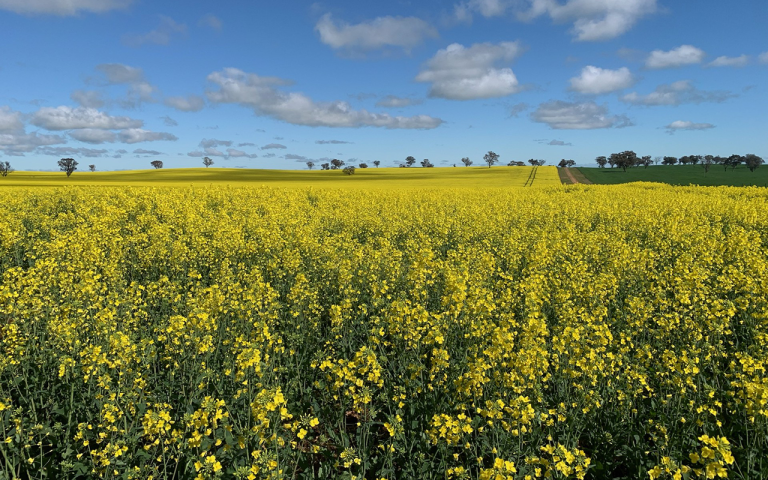Administrative and satellite data replaces time consuming agriculture surveys
The Australian Bureau of Statistics and the Australian Bureau of Agricultural and Resource Economics and Sciences are modernising how they collect, produce and deliver agricultural statistics. The ABS ceased the Agricultural Census and large agricultural surveys after listening to the needs of Australian farmers.
Traditional farm surveys collect data on farm characteristics, production practices, and economic performance to understand the state of agriculture within a specific region or population. These surveys can be time-consuming for farmers and involve gathering information through questionnaires, interviews, and farm visits.
In 2024, the ABS released the first modernised agriculture statistics using new methods and existing public and private data sources like satellite crop mapping. This approach replaced traditional data collection methods, reducing the time farmers spent on surveys and improving the accuracy and regional detail of agriculture data.
ABS and ABARES continue to work on the modernisation approach to meet remaining data gaps using existing and emerging data sources in partnership with the agriculture industry.

Canola fields are being mapped using satellite data, saving time for farmers and providing more granular statistics.
Image: Emily Dahl, Agriculture, Fisheries and Forestry
Working together
Partnerships have been critical to the successful delivery of more timely agricultural statistics at a granular level. The ABS Agriculture Statistics Program and ABARES have collaborated with several organisations. This includes the Grains Research and Development Corporation, Meat and Livestock Australia, Digital Agriculture Services, HORT Innovation, the Applied Agricultural Remote Sensing Centre at the University of New England, state agriculture departments and many agriculture industry groups.
These partnerships link new data sources with industry knowledge to create trusted agricultural statistics. One way this has happened is through statistical working groups, which identify data priorities, help to source data and refine new statistical approaches. The 3 working groups on broadacre crops, livestock and horticulture have helped:
- prioritise statistical outputs
- identify best available existing data sources
- support negotiations to access data sources
- support the development of new methods using industry knowledge to advise on editing and combining data sources through an iterative development process
- provide advice to ensure data is used and published in ways that protect the privacy of farms and agricultural businesses.
Benefits for the community
By stopping the Agricultural Census and large agricultural surveys, the ABS reduced the time farmers collectively spend answering surveys by more than 97%, saving around 20,000 hours annually.
Detailed regional statistics for crops like wheat and canola are now available annually instead of every 5 years. This helps to identify the value that agriculture brings to surrounding regional towns. It supports government investment in reducing biosecurity risks, improving supply chain infrastructure and undertaking research into the impacts of a changing climate. Regional data enables government to quickly identify the support required when responses to natural disasters impact areas with agricultural crops.
Bringing together multiple data sources has addressed past inconsistences between related data sources. This improves trust in the way statistics are used to inform the community about important issues such as changes in emissions from agriculture.
Future opportunities lie in leveraging data to promote sustainable farming and uncover strategies that enhance both productivity and profitability in Australian agriculture.
Find out more
Australian Bureau of Statistics (2024) Modernising agricultural statistics: Update on achievements and remaining data gaps, ABS website, accessed 13 August 2025.



